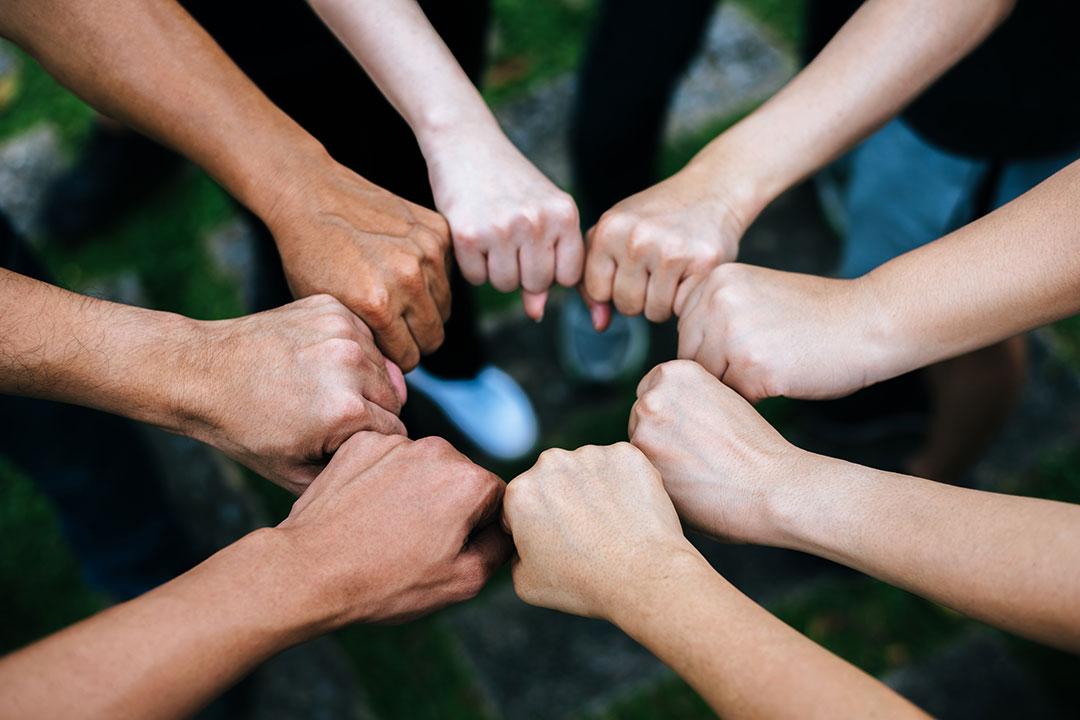
Grassroots & Governance
By Teresa S. Abesamis

My adventurousness and occasional volunteer work has exposed me to different kinds of cooperatives; some successful and others failures.
It is hard to believe, but in the poor province of Negros Oriental, there are no less than two credit cooperatives worth over a billion. Another poor province, Leyte, also has two such billionaire credit co-ops. During the last century, a farmer-owned cooperative in Cavite won over the majority of the market for animal feeds in Southern Luzon from corporate giant San Miguel. When the farmers wanted to increase their incomes by going into poultry and pig raising, they also decided to produce their own feeds as the agricultural technicians were required to endorse the choice of suppliers of feeds and fertilizers to rural bank borrowers. There was a tendency for some suppliers to deliver adulterated products.
The three biggest cooperatives in asset size in the world are owned by farmers. Two are in France and one in Japan. In the Philippines, the biggest co-ops are worker-related: two credit coops in the military and one among employees of PLDT, the privately owned phone company.
There are over 20,000 co-ops registered with the Cooperatives Development Authority (CDA) in the Philippines. The CDA is currently supervised by the Department of Trade and Industry (DTI). It had earlier been part of the Department of Agriculture, and later with the Department of the Interior and Local Government.
As I am always trying to find ways that the government can reduce poverty in our country, I sat down with Edgar Comeros, one of a few activist experts in mobilizing and helping to strengthen cooperatives in our country.
When I asked him if it was a good idea for CDA to be under the DTI, he said “it doesn’t matter.” Government-sponsored cooperatives have generally failed, he explained. The Samahang Nayon to promote rice production, and electric power co-ops in many provinces provided government grants to get the cooperatives organized. In one town in Samar, there were constant brownouts. It turned out that the board members bought themselves cars and failed to provide maintenance of the electricity distribution lines.
Comeros said that the co-ops that have succeeded have been organized by individual persons who were willing to contribute their meager resources for common purposes. The main difference is their willingness to attend educational seminars prior to and in the course of their being members of cooperatives.
The billionaire credit co-ops in the Visayas had been mobilized by Christian missionaries and diocesan communities. In Negros Oriental and Leyte, the Redemptorist fathers and the Bishops’ teams helped particularly with providing education to the memberships. The education was provided and required to build strong values orientation and appreciation of the personal commitments and responsibilities of co-op members. No funding was granted to the co-ops by the missionaries.
There are three levels of cooperatives. Primary co-ops have individual persons as members. Secondary co-ops are organized among “juridical persons” or primary co-ops. And tertiary co-ops are organized by secondary co-ops as support. Comeros, who has retired, had been one of the leaders of VICTO, a secondary co-op that works mainly in the Visayas. VICTO mobilizes and organizes, then provides education to the primary co-op members. They may also provide audit services by certified public accountants.
Credit co-ops collect fees from their members. They generally charge market rates in order to build capital which is made available to members as loans for emergencies, tuition and books for education, health needs, housing, car loans, and capital for businesses. Members are oriented that as they are the owners of the co-op, the profits belong to them, and effectively the interest rates are below market rate.
What makes for greater chances of success? Of course, compliance with the education requirement. And the quality of the board members.
I found it interesting that Comeros revealed that boards that had women in them tended to do better. Why? I asked. He said matter of factly that women are multitasking, managing homes and families, and especially budgeting and working within these budgets. Unfortunately, he said, in general, only one or two out of the nine board members are women. Women should be empowered to help run cooperatives, he said.
One of the billionaire credit co-ops in Negros Oriental is run by a woman. I had a couple of opportunities to spend a few days in a hotel owned and operated by them. It was at least four-star or even five-star in quality of facilities and services. It was also certainly a good job generator.
The training and education of co-op members is paid for by the co-op, which is required by law to provide 10% of its income for education and audit and other contractual services.
The interesting trend is that productive loans for small businesses are becoming more common than consumer loans.
Entrepreneurship training should probably be provided to and by the secondary and tertiary co-ops to enable primary co-ops to generate more employment and reducing poverty among our food producers, the farmers and fishers. The billions raised by credit co-ops have great potential to generate jobs and help reduce poverty, especially among our farmers and fishers, who, after all, produce the food we eat.
Also, the less intervention by government, the better, says Comeros.
Teresa S. Abesamis has been a development management, social and political marketing consultant for over 20 years.